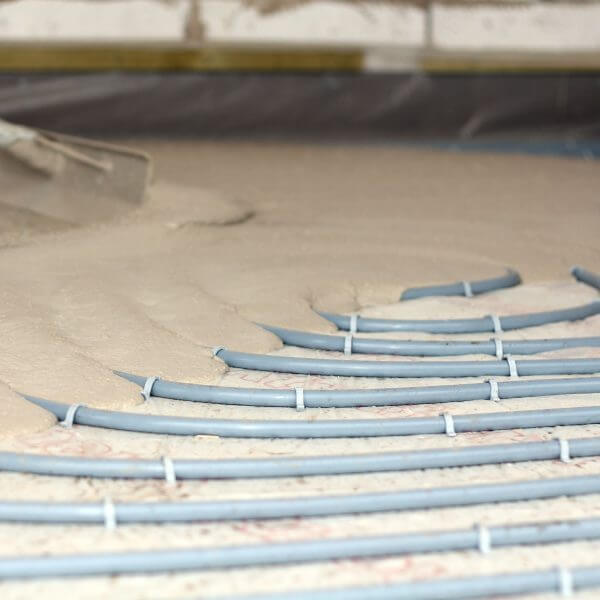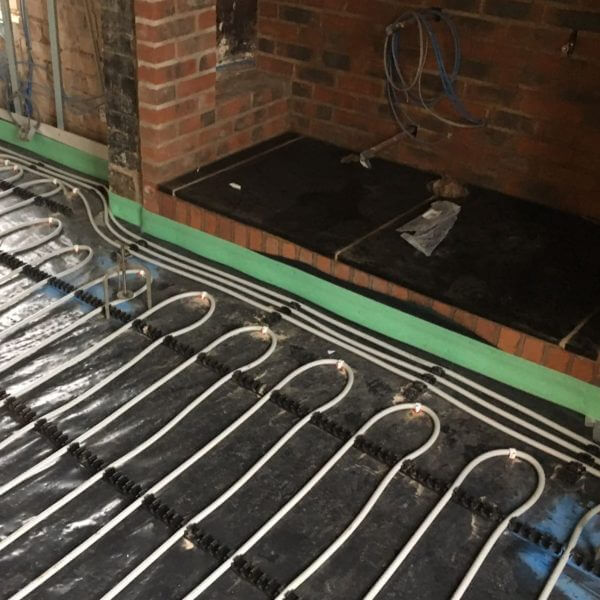Can You Screed Over Electric Underfloor Heating? Floor Covering Myths Explained
Floor screed is a great floor covering when you are installing heated floors in your home. It conducts and transfers heat very well, acting as a heat store, whilst providing a floor that is easy to cover with carpet or tile.
There are two types of underfloor heating. Electric based heating uses a network of wires which heat up when an electric current passes through them. And there is water based heating, which distributes hot water across pipes arranged in circuit loops.
As both systems are operated very differently, the question is often asked: can you cover an electric heating system with floor screed? The answer is unfortunately not straightforward, for a number of reasons we will now dive into.
Why Don’t Electric Heating and Floor Screed Work Together?
The majority of electric heating systems, especially cheap and DIY ones, are not designed to be submerged in gyvlon, anhydrite screed or self compacting concrete. Most manufacturers only recommend levelling compounds for these types of cables.
An electric floor heating system typically runs hotter, heats up quicker, and cools down faster than a water-based system. This makes it unideal for screed, as it can lead to thermal shock, which cracks the screed and requires it to be fully replaced.
There are specific types of electric cables designed for use with floor screed, particularly self compacting concrete and other concrete based screeds. These are designed to heat up and cool down slower. However, the major downside of installing heated floors with this type of cable is that you will be waiting around quite a long time before you feel the benefit of an in-screed electric floor heating system.
Another downside is the longevity of the system. Electric underfloor heating has a shorter lifespan than water-based heating. It is also prone to corrosion and developing faults inside the in-screed wires, which would mean ripping up the screed to access them. A water-based system, on the other hand, usually only develops faults or leaks at the manifold located above the floor screed.
Our final complication is experience. At EasyFlow our teams are often called out to provide liquid screed over cables and pipes other installers have laid prior. We have often encountered problematic installations that would not work as desired because of inaccurate measurements. Many electricians are not experienced with floor screed and are unaware of how much is needed to properly cover in-screed heating cables. This leads to situations where the floor height has to be raised, or the insulation has to be trimmed down. Neither is ideal.
The Best System For Installing Heated Floors In Screed
If you want heating installed within a concrete floor, we always recommend laying a hydronic heating system over an in-screed electric one. It has lower operational costs and doesn’t need to run as long as an electric system does. Overall, they run very efficiently. They also last longer and are more straightforward to maintain.
And of course, the massive majority of hydronic heating pipes are compatible with floor screed. You rarely have to worry about compatibility with screed when you hire our EasyFlow installers. Our vast experience allows us to recommend the right screeding mix for your floors, leaving you with an optimal foundation for your home.




Where To Find Us